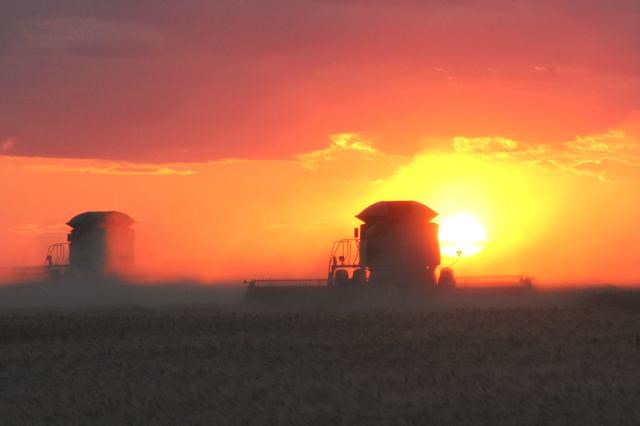As the leadoff speakers in the CropSphere zoom online conference on Jan. 12, Canada’s Minister of Agriculture and Agri-Food Marie-Claude Bibeau and Saskatchewan’s Premier Scott Moe announced $9.8 million in funding for 39 crop-related research projects through Saskatchewan’s Agriculture Development Fund (ADF).
“Despite challenges caused by the COVID-19 pandemic, Canada’s crop sector has continued to work hard to ensure Canadians and families around the world have access to high-quality products,” Bibeau said. “Investing in research helps producers grow the food the world needs in the most efficient and sustainable way possible. These applied research projects will help producers innovate and create growth."
Moe spoke of his experience in getting a degree in agriculture from the University of Saskatchewan, and of farming near Shellbrook. He said it was an important investment in one of the most important industries. He noted the development of lentils, as an example.
“I can tell you that I have very deep appreciation of how crucial crop science and research is to not only Canadian agriculture, but also Saskatchewan agriculture. And I would say further, to the world,” Moe said.
Last year Saskatchewan produced its second-largest crop on record, at just over 39 million tonnes, and that it is now routine to produce over 30 million tonnes per year, Moe said.
“Our scientists and our researchers have made a huge difference in the lives of millions of people to billions of people around the world. Saskatchewan is quite literally feeding and the world's population and we know it continues to grow.”
“We need to continue to invest in agricultural research,” Moe said.
He noted an article last February on a website called Human Progress which pointed out, as Moe said, “The battle to feed humanity has been won.”
Between 1968 and 2017, the world’s population grew by 113 per cent, from 3.5 billion to 7.5 billion, yet over that same time period, the average global food supply, per person, per day, grew from 2,300 calories to about 3,000, an additional 27 per cent.
Moe said it was absolutely stunning to realize, “for most of human history, far too many people have lived on the very edge of starving. And today, famine has virtually disappeared.”
He said Saskatchewan has played an outsized role in making that happen, and our researchers are “the very best in the world at what they do.”
“Saskatchewan’s agriculture sector has incredible growth potential and this targeted investment will help our producers and agri-businesses innovate to continue to deliver what the world needs,” Moe said. “This investment supports the bold goals in the Saskatchewan Growth Plan that will see our crop production increase to 45 million tonnes, agriculture exports increase to $20 billion and value-added revenue increase to $10 billion.”
Support for ADF projects is awarded on a competitive basis to researchers looking to examine areas of importance to Saskatchewan producers.
In addition to funding provided by the federal and provincial governments, the following industry partners have contributed a total of more than $3.1 million in funding to these projects: Western Grains Research Foundation, Saskatchewan Alfalfa Seed Producers, Saskatchewan Barley Development Commission, Saskatchewan Canola Development Commission, Saskatchewan Oat Development Commission, Saskatchewan Pulse Growers, Saskatchewan Wheat Development Commission, Alberta Wheat Commission and Manitoba Crop Alliance.
“Sask Wheat has invested $12.9 million of producer funding through the ADF process since 2015,” Sask Wheat Chair Brett Halstead said in a release. “The program provides opportunities for quality, innovative projects that will benefit Saskatchewan grain producers. The ADF funding process allows us to collaborate with other Prairie crop commissions, connect with researchers and fund projects that are developing crop varieties with greater yield potentials and resistance to common pests and environmental stressors. The benefits of farmer-funded research goes beyond farm gate, increasing market opportunities for Canadian crops and leading to a stronger agriculture sector and provincial economy.”




